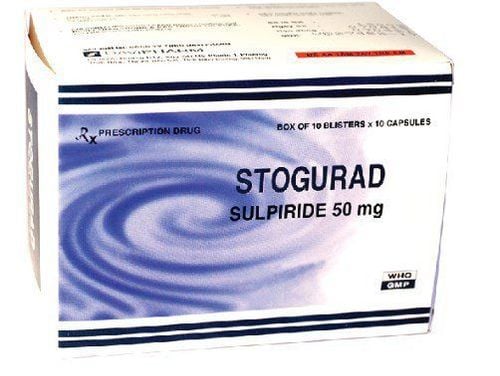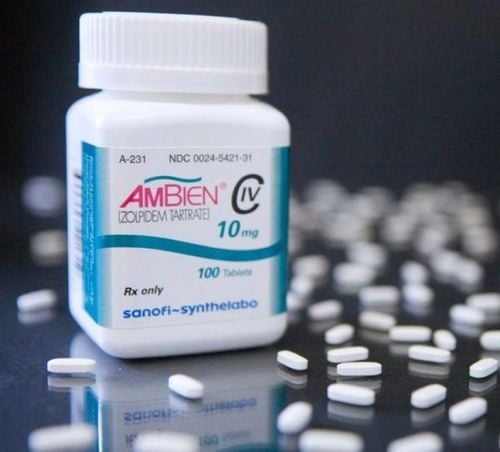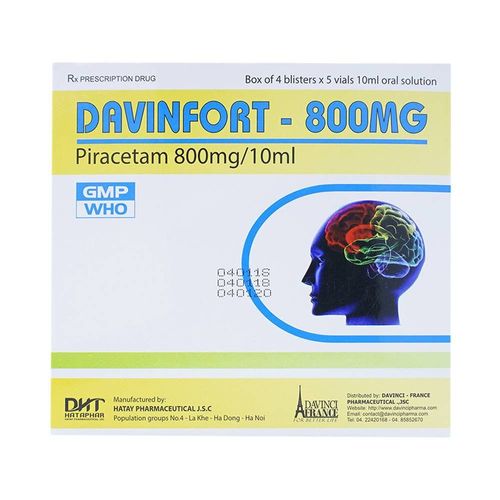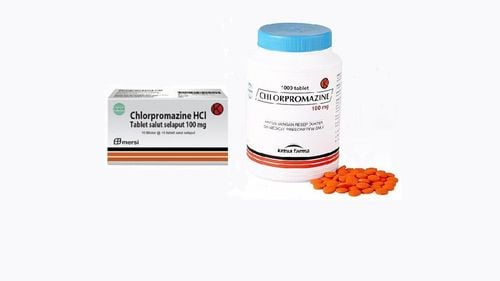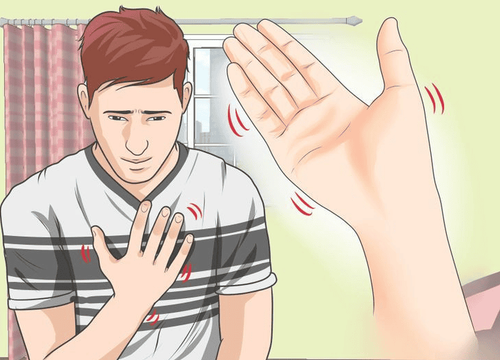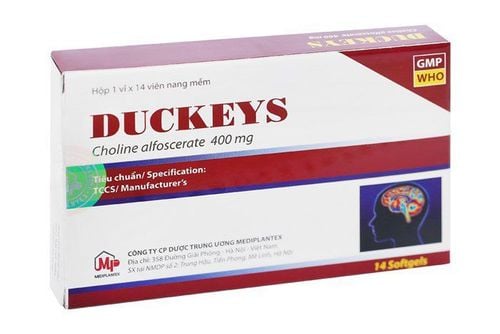This is an automatically translated article.
In Vietnam, the proportion of the population is aging. According to statistics in 2009, the proportion of elderly people accounted for 9% of the total population, with an average life expectancy of 70.2 men and 75.6 women. An aging population makes neurological diseases more common, such as dementia.1. What is dementia?
First you must know what dementia is? Dementia is considered a clinical syndrome caused by many causes.People with dementia often have short-term memory, not long-term memory, or memory loss in some cognitive areas. Patients with the disease may have reduced motor memory, reduced language, decreased sensory memory and decreased executive function of organs.
Dementia is common in older people and its prevalence is increasing, from 6 to 10% in people over 60 years of age. This is a disease that can be seen globally, with the 2001 statistics of about 24.3 million people suffering from this disease.
2. Some common causes of dementia
There are many causes of dementia. And the severity of the disease depends on the influencing factors.Alzheimer's Disease Factors related to Alzheimer's disease :
Age : as it is known, memory decreases with age, in some cases there may be confusion in old age. And age is also an important factor in Alzheimer's disease. Family history: genetic factors are no exception. When someone in the family has the disease, the rate of infection in the next life is very high. Down syndrome: This is a syndrome caused by a mutation on chromosome 21. Gender, race: Each person in different regions has a different sex that will affect the likelihood of having the disease. Traumatic brain injury, mild cognitive impairment Depression appears wanted (especially after age 65)

Alzheimer là bệnh lý với triệu chứng điển hình là suy giảm trí nhớ
Inherited from one generation to another The causative gene is located on chromosome 19: recessive trait - Apolipoprotein E-4 allele causing late-onset dementia Due to a dominant gene mutation on chromosome 1, 14, 21 associated with early-onset disease/family history and amyloid genes. Due to measures against Alzheimer's Disease Use of anti-inflammatory drugs, estrogen replacement therapy, vitamin E and antioxidants...

Một số loại thuốc điều trị bệnh Alzheimer có thể gây suy giảm trí nhớ
3. Clinical symptoms
In this disease, the symptoms are often very pronounced. In particular, the patient's memory and vision are markedly impaired. In addition, dementia can be accompanied by other symptoms.Memory loss People with this disease often have poor memory, the ability to store new information is reduced, so it leads to a decrease in the ability to learn and absorb new things. At the same time, the ability to retrieve information is also clearly reduced.
Language reduction The ability to express words is reduced, when speaking is not fluent, having difficulty finding words. However, people with dementia have relatively good listening comprehension.
Decreased visual function Disorientation, inability to perceive images is very common in dementia patients. In terms of spatial images, they faced many difficulties.
Impaired executive function Dementia is common in the left temporal lobe before memory impairment occurs. People with this condition often have a reduced ability to plan or receive and process information. This decline can be recognized through dementia assessment tests.
Behavioral Disorders Patients may experience depression often present in Alzheimer's disease and vascular dementia. Besides, it is also accompanied by psychiatric manifestations such as: paranoia, hallucinations....Patients may appear personality changes (apathy, loss of control, personality changes, excitability) ,....)
Sleep disorders Insomnia is very common with people with dementia. This makes the patient always feel, depressed.
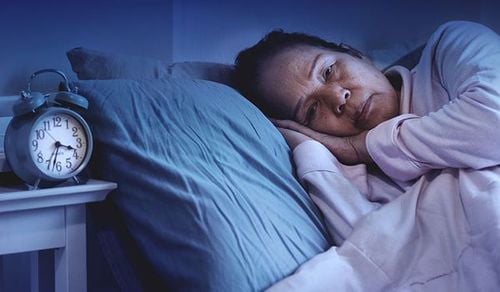
Mất ngủ là tình trạng rất phổ biến đối với người bị sa sút trí tuệ
4. Diagnosis in Dementia
Clinical diagnosis in dementia often focuses on distinguishing it from other syndromes and identifying the affected brain area. Physicians need to focus on finding the causes of dementia in conjunction with neuroimaging and evaluation tests. With neurological tests, it is necessary for patients to fully perform before they can give reasonable treatment regimens.Current dementia assessment tests:
Today, technology is increasingly developing along with human intelligence, high quality assessment tests have been born to screen dementia cases. wisdom.
Minimum mental state assessment test (MMSE): is a widely used and very popular dementia screening measure. This test takes about 7 minutes. Mini-Cog: This test requires the patient to draw a clock. The patient is considered normal when the clock is drawn with all the numbers (in the correct order) and the hour hand combined with the repetition of 3 unimportant words.
5. How to treat dementia
How to treat dementia depends on each specific situation to implement safe and appropriate measures for each patient. Family members and medical staff need to pay attention in patient care, especially in the last years of life. It is possible for the patient to use stimulation, activity, and directional cues. Limit or stop using hypnotics or anticholinergics. The use of cholinesterase inhibitors and memantine is very good for people with dementia.In short, dementia is considered a disease of old age. It causes many effects on quality of life. Therefore, when detecting the symptoms of the disease, it is necessary to treat promptly.
Please dial HOTLINE for more information or register for an appointment HERE. Download MyVinmec app to make appointments faster and to manage your bookings easily.
Reference source: msdmanuals.com



